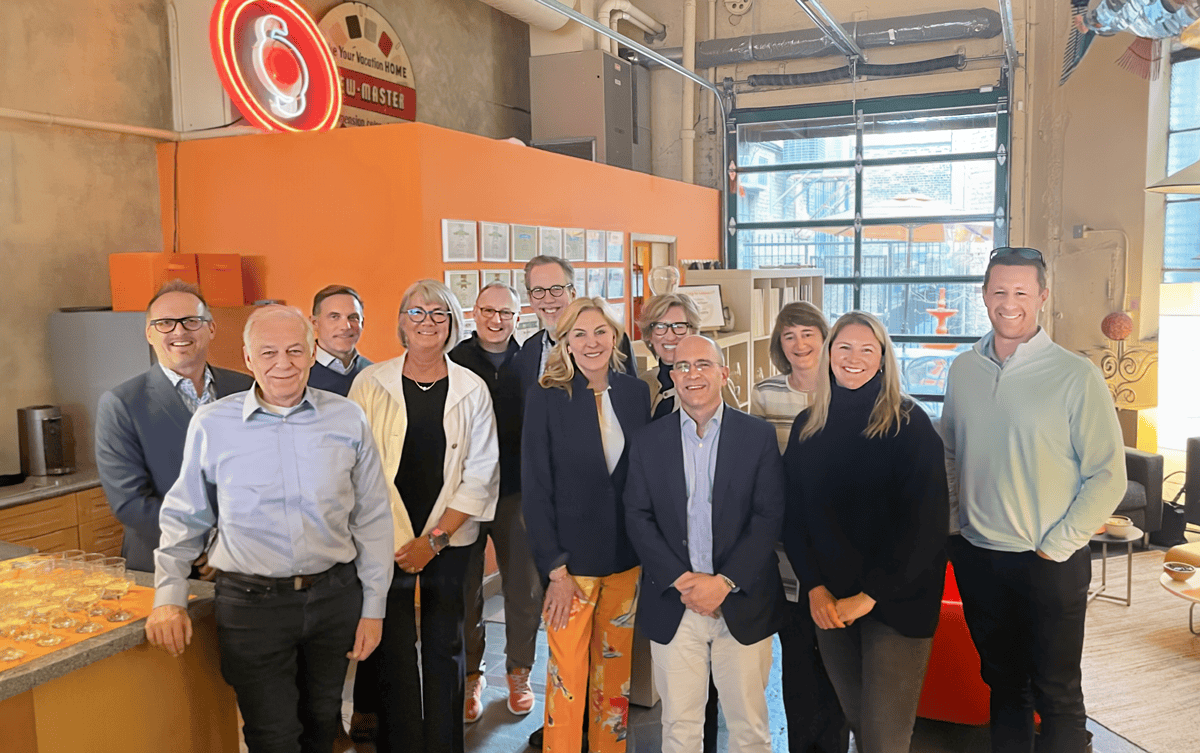It’s been 16 months since ChatGPT arrived, and much like the arrival of software, the Internet and social—generative AI is empowering those who are curious, courageous, and innovating. So last week Spyglass hosted “I Spy AI 3” for our client CEOs and other local executives and asked, Now What?
Here’s what’s top of mind for CEOs and their leadership teams:
- The real value is in enabling workers with AI to achieve results they couldn’t before, versus merely attempting to replace workers with AI. The first approach builds culture and profitability, the second destroys it.
- Identifying “AI-friendly” personalities, roles and circumstances across an organization is key. While everyone appears to have tested ChatGPT/Gemini/Copilot, few have put in the hours required to clarify a compelling advantage. Leaders need to seek out those early adopters, and give them cover and encouragement so advantages can be codified for others.
- It’s about time on task. While AI is often hyped as easily transformative, the truth is each tool is a mystery—as Wharton professor Ethan Mollick suggests, 10 hours of exploration is the starting point. And not just for frivolous activity. Instead, real advantage comes from using AI side-by-side on daily work.
- Talk is cheap. Work past the hype. Identifying, assigning, and then talking about AI outcomes within daily applications across the org pays dividends.
Our discussion included leaders in medtech, water technology (Xylem), surface science technology (Brighton Science), commercial real estate (Northcrest), finance (Tonkawa), advertising (Zambezi), sports (MGA), and leadership coaching (The Disruptive Element and Sherry Essen, Inc). Their teams range in size and focus, but each expressed differing levels of AI engagement and learnings-to-date.
Here’s how many of them are framing the path forward:
- Taking AI seriously by investing in an organizational AI task force. We discussed the necessity of a singular team (at this point in the tech/cultural journey) tasked to learn, test, and disseminate advice widely across the organization. To point 2 above, leaders are seeing value in empowering a small team to identify, prototype and publish outcomes, so the broader org can benefit.
- There’s an advantage in positioning AI as “endless interns,” a term borrowed from Mollick’s new book Co-Intelligence, which a few of our guests had begun reading. The hard work is in identifying tasks for AI, and quite literally training it (and yourself) how to collaborate. Examples discussed included competitive research, audience segmentation, and content summarization.
- Creating quarterly or bi-annual moments to showcase progress. The technology is moving too fast for annual planning. One outcome from a task force should be a frequent cadence of meaningful demonstrations—either fully internal, or in partnership with external experts. AI task forces should have similar mandates as other enterprise-wide initiatives to build adoption.
Many thanks to our guest speaker, Tim Brunelle, who teaches “AI for Artists and Entrepreneurs” at the Minneapolis College of Art and Design, for provoking and guiding our conversation.
Want more? Here’s our recaps from our First and Second I Spy AI CEO Roundtables.
